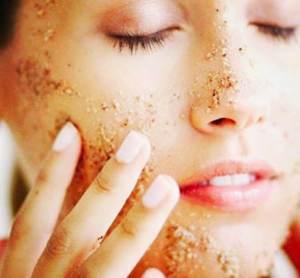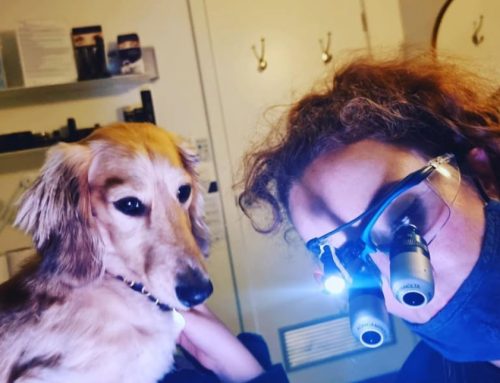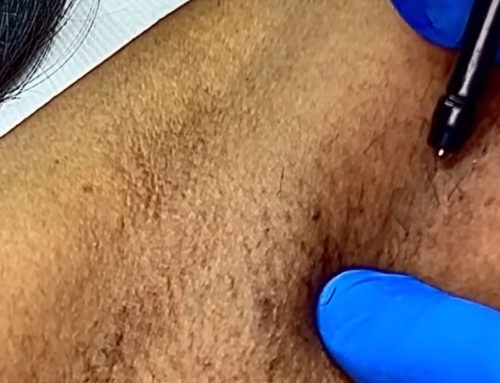 E X F O L I A T I O N before you run for your scrub have a read.. ?: @sciencephotolibrary
E X F O L I A T I O N before you run for your scrub have a read.. ?: @sciencephotolibrary
Exfoliation is the removal skin cells. This encourages benefits like:
⬆️ turnover of skin cells which does slow down as we age, or slow down when the skin is sluggish, as it slows down the skin looks more dull because there is a build up of cells, this :blocks the “skin-brightening effects of blood vessels”, according to foreo.com
Your products will work better as they penetrate better.
Even skin tone
Makeup / fake tan will sit better & therefore look ?
Stimulate collagen production
Over exfoliating though WILL do the absolute opposite of all of the above – so don’t even think about it. It would would mean major TEWL. (Tewl blog in bio)
We need to have some dead skin which helps a balanced acid mantle & skin barrier. So over cleansing is also not an option – cleansing at night is often enough. If you have done a really good cleanse the night before, then that is plenty.
In the morning don’t cleanse, just use a micellar water or skin bathe (warm face washer on skin 5 breaths x3) or just start with your skincare mist..
3 diff types:
Physical is a gritty exfoliation, I do not recommend physical for sensitive skin. Make sure not to use gritty exfoliants with granules derived from crushed shells, this will cause a micro tears in the skin and ultimately created redness over time. (I actually prefer to use chemical and enzyme over physical myself, if that is not enough I i reach for the physical but i can’t remember the last time that happened)
Chemical / Enzyme – Enzyme is a chemical exfoliation, they are so amazing & prob my fav. Enzyme is for everyone, they are like pacmen eating ONLY cells that are dead to already. They smooth out the skin, sensitive skin would benefit from only using this form of exfoliation, it will mean your skin is always rid of dead skin and so glowy without irritation.
Chemical AHAs are different, they dissolve the bonds that hold the skin cells together. The cells are then more readily able to slough off dead skin cells (def recommend googling that & tap images) . The depth of the dissolving is dependent on the particular AHA. Lactic acid is a bigger molecule than glycolic. Glycolic will therefore create a deeper exfoliation. Lactic acid has other hydrating benefits too. BHAs are a chemical exfoliation like AHAs though they will also exfoliate into the pore.
Some might say retinol is an exfoliation ingredient too, namely because apart from it’s other benefits, it will help to move the skin towards the outer layer more quickly. It is like fertilizer and exfoliation is like the rake with the dead leaves.

Extra knowledge:
I do prefer to recommend firstly, Enzyme, then AHA and a gritty physical exfoliation and my last resort, because I feel chemical and/or enzyme can be more of an even and equal exfoliation with less irritation. Then for example, bring in manual gritty exfoliations later if that is not enough.
That said there are ways to make your physical scrubbing gentlerrerer 😉 ..using your palms on bigger areas like forehead and cheeks and balls of your palms on smaller areas like over sides of nose or lips, hairline.. so you can feel the buffing action better, also another tip is watch your hands while they move over the skin so to see you’re moving over entire face and not over doing it on areas like cheeks and nostrils (where most redness occurs). AND! Very important to know that some chemical exfoliation is still not recommended to use on sensitive skin too because some chemical exfoliation molecules are smaller and create a deeper exfoliation which may cause more harm than good, those people will start with gentle cleansing and micellar water to cleanse and then bring in enzymes.
When treating with a any exfoliation, especially deeper chemical exfoliation like glycolic, but really any exfoliation, it is so so SO important to aid the exfoliation with strengthening ingredients, (eg: zinc, niacinamide, antioxidants ) nourishing (essential fatty acids, plant botanicals, seed oils, Coenzyme Q10, jojoba, nut oils like macadamia, rosehip, Vitamin E Tocopherol, Olive oil) and hydrating ingredients (hyaluronic acid, panthenol Vitamin B5). Nourishing ingredients will naturally keep hydration in due to minimising TEWL.
How often should I exfoliate?
This is the million dollar question, this depends on the strength of the product and the skin we’re treating. Generally Enzyme can be every 2-3 days. Chemical exfoliation can be 1-3 x a week. Definitely speak to your skin therapist to get an idea for your skin, over doing it is not an option. Also when you are playing around in the bathroom you tend to get an idea as to how YOUR skin is reacting. You just don’t want the exfoliation to end up making the skin raw. If the skin is red and flushed, that may be ok because blood flow is healthy but it’s that fine line of too much, how long does it take for the skin to go back to normal. If the skin takes a while then don’t exfoliate as often or maybe leave it on for less time.. make sure you wash off the product properly too and make sure you are keeping the skin fed with antioxidants and vitamins and nourished, not to mention sun blocking daily with a physical block.
P.s “Leave on” chemical exfoliants tend to be weaker in strength but you can use these on just the target areas, for example not on the apples of cheeks where you may have sensitivity.
Peels
Skin peels use a combination of the above, generally speaking, for a week post peels, it is a good idea to lay off any chemical or physical exfoliation unless advised. Non gritty enzyme exfoliation may be able to be used 3-4 days later to “catch” any post peel shedding. Even if the skin does not appear to be shedding, I promose you it will be.
I am a dedicated and passionate beauty therapist working in Balwyn North, please do not hesitate to contact me by phone .
Mary Mathews
Reference: https://www.foreo.com/mysa/dull-tired-skin-happen/
https://www.nationalgeographic.com/science/article/skin-1
https://theskincareedit.com/salicylic-acid





